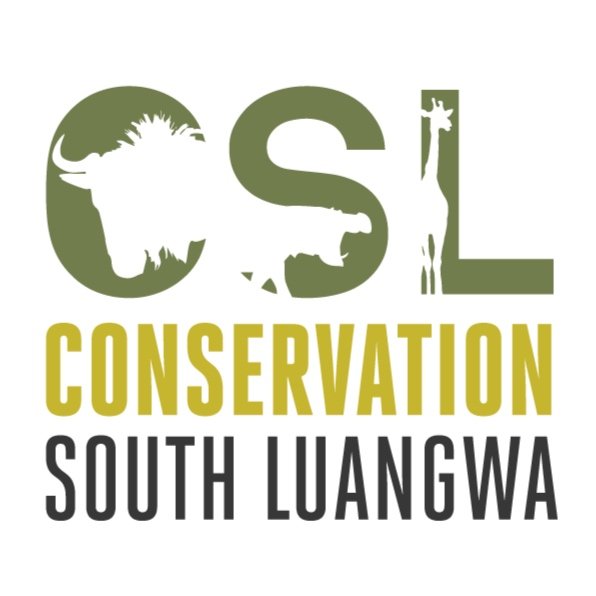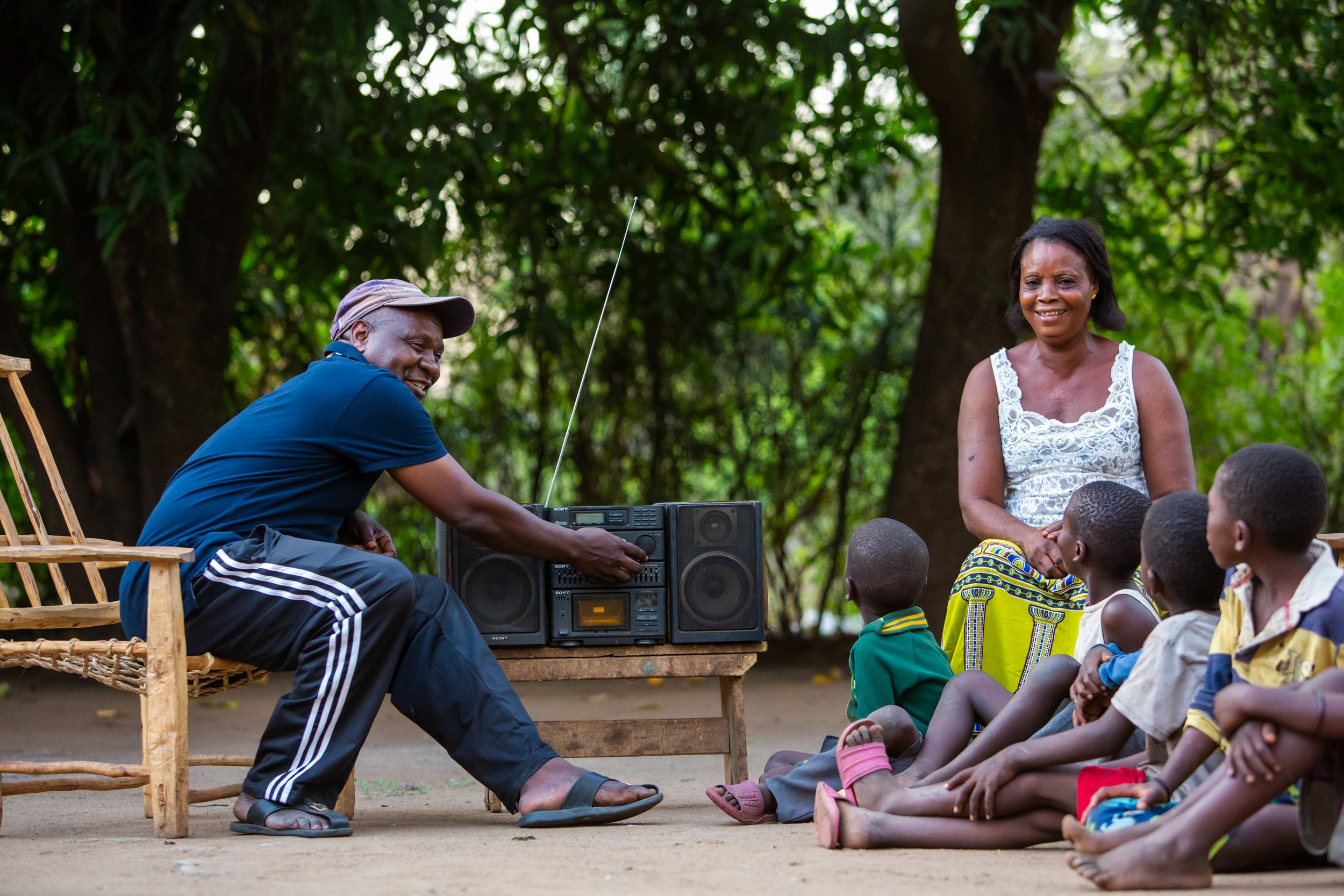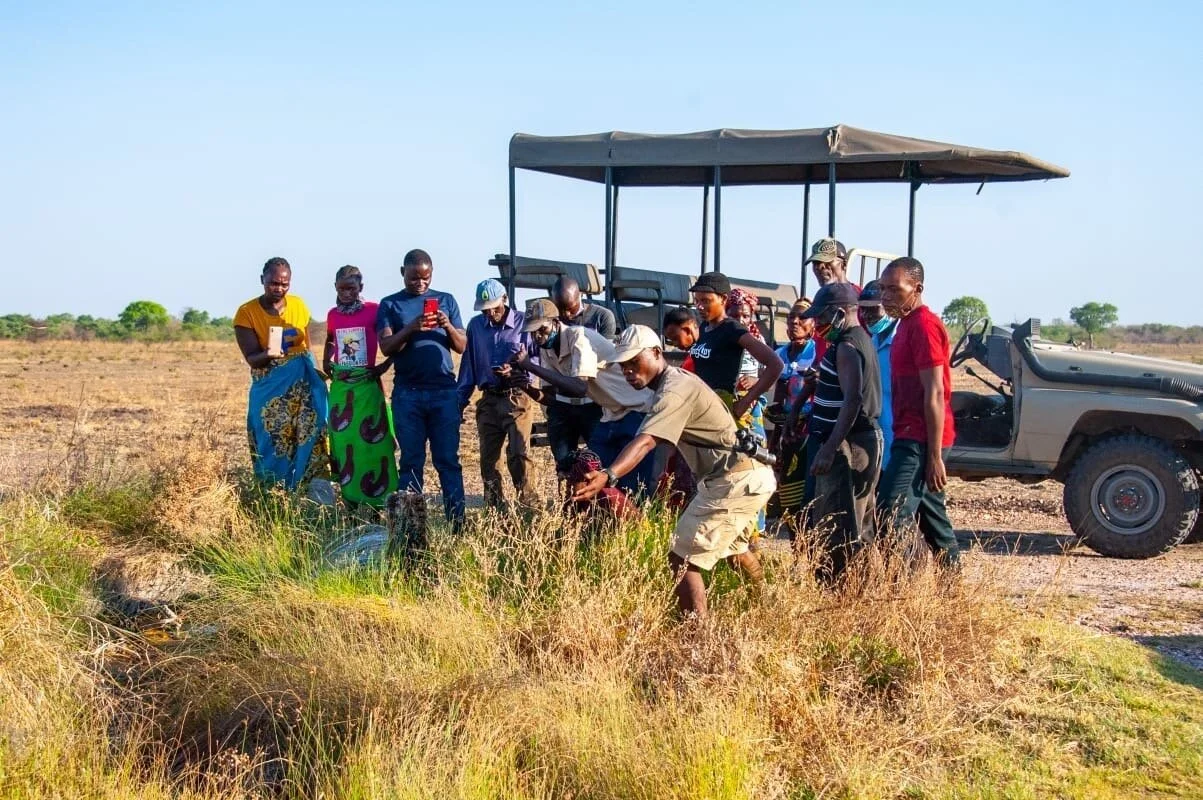Promoting human-wildlife coexistence
In South Luangwa, regular radio shows, guided game drives and engaging theatre performances play an important role in bridging the gap between communities and wildlife conservation efforts. These activities facilitate the sharing of effective human-wildlife conflict mitigation measures. Consequently, they not only enhance community awareness but also inspire active participation in the shared commitment towards CSL’s conservation goals.
The Conservation Hour radio show
Each year, CSL presents many hours of The Conservation Hour radio show, a regular feature on Mnkhanya Community Radio station. Every Wednesday evening, CSL, the Zambian Carnivore Programme (ZCP) and Chipembele Wildlife Education Trust take turns to discuss topics that inform and engage the local community about conservation issues. Once a month, all three organisations combine for a joint recap show. Over 50,000 listeners are given the opportunity to phone in and ask questions. Wide-scale messaging via radio is a valuable tool in helping communities understand how to safely prevent and reduce wildlife conflict.
Community game drives
In 2020, in response to the Covid-19 pandemic and its devastating impact on the tourism industry, as well as concerns over the potential for significant increases in poaching, CSL partnered with ZCP to launch community game drives. Every week since, community members from areas surrounding the South Luangwa National Park are given the opportunity to explore the Park with qualified safari guides, observing and learning about wildlife. Despite living near the Park’s boundaries, many members of the local community have not experienced a game drive before. In early 2025, a new ‘Elephant Behaviour’ community game drive programme was introduced to focus specifically on supporting CSL’s human-wildlife coexistence awareness programme.
Theatre performances
Across local villages, the Mfuwe-based theatre groups not only enact the frustrations that farmers experience with elephants and other conflict species but work closely with CSL to communicate solutions that have proved successful in reducing conflict. These theatre productions communicate how people can protect themselves and their livelihoods using humour, visual imagery, puppets and local song and dance.










